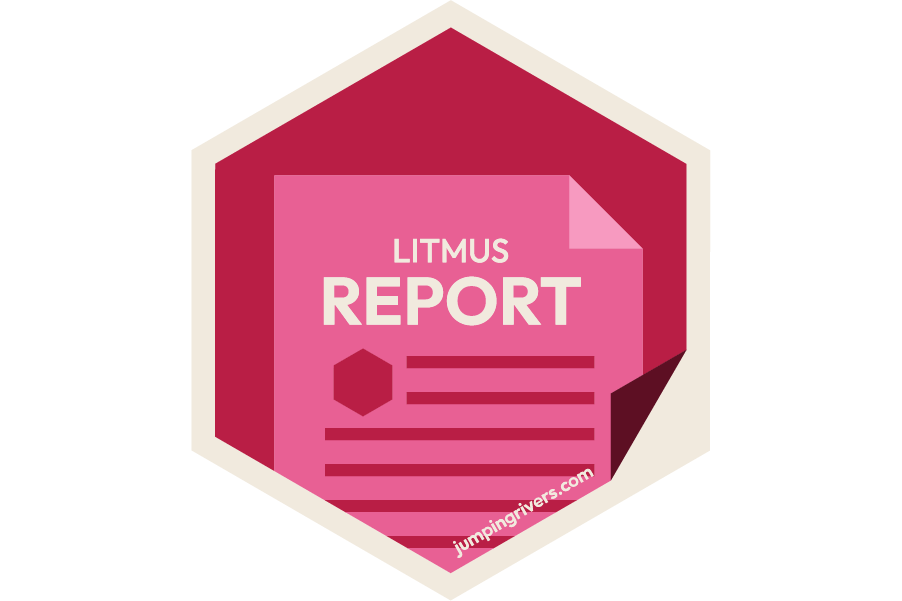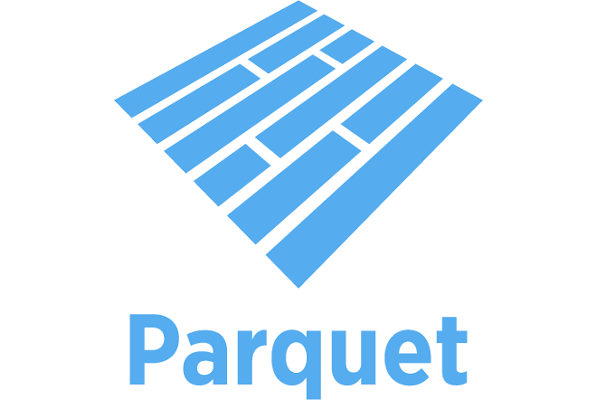Author:
Colin Gillespie
Published: June 13, 2024
Part 1 of our series of blogs on vetiver for MLOps. This post introduces MLOps and its integration into the traditional data science workflow,
focusing on continuous model deployment and maintenance. It demonstrates automating data
importation, creating a model with {tidymodels}, and using {vetiver} to store and deploy the model.
The process includes creating an API with {plumber} and deploying it locally.
Finally, it verifies the API functionality, setting the stage for future production deployments.
description: Part 1 of our series of blogs on vetiver for MLOps. This post introduces MLOps and its integration into the traditional data science workflow,
focusing on continuous model deployment and maintenance. It demonstrates automating data
importation, creating a model with {tidymodels}, and using {vetiver} to store and deploy the model.
The process includes creating an API with {plumber} and deploying it locally. Finally, it verifies the API functionality, setting the stage for future production deployments.










































